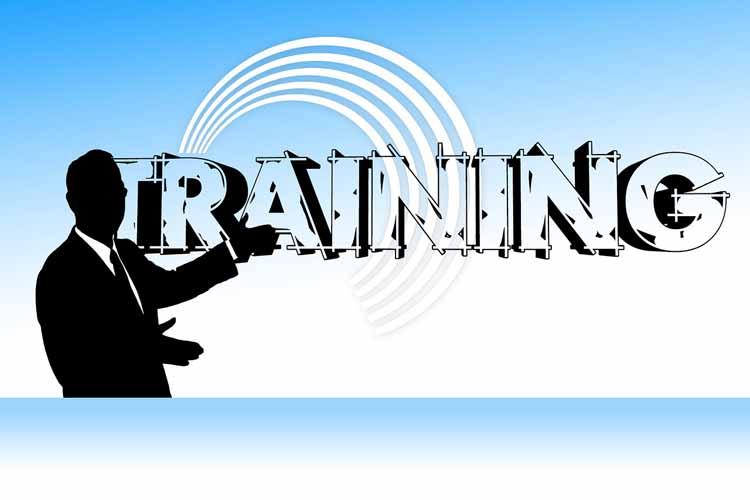When it comes to training, you’ve got a few options at your disposal. Everything needs to be taken into account, from the quality of training to the financial aspects of carrying it out. If you send your staff away from the workplace, you better be equipped to deal with their absence. This is why many companies look to in-house training as their ideal solution. But, it doesn’t always result in a positive outcome. There are pros and cons you need to be aware of, and we’re going to identify them for you today.

Question 1: Which Is The Most Cost-Effective Option?
Ultimately, you’re likely to find that in-house training is the most cost effective choice at your disposal. This is simply because there are so many ways to carry out in-house training. You might even have the staff and the resources to do it without needing to look elsewhere. Otherwise, there are plenty of online resources that can get the job done for a low price. There aren’t many cons to in-house training from a financial point of view.
Question 2: Is It Suitable For Bespoke Training?
Nowadays, in-house training has become more suitable for bespoke matters due to the rise of the internet. You can present training material for even the most niche of subjects, like extruder operator training, for example. It’s all in-depth stuff, and it won’t cost you half as much as an external provider in many cases. Yes, in-house training is largely suitable for bespoke training in this day and age.

Question 3: Is Networking A Positive Of External Training?
Yes, it is. This is why in-house training isn’t always the best option. Your staff are allowed the ability to mingle with others, potentially creating new opportunities along the way. They’ll all work together to offer and enhance their knowledge, and this can be particularly beneficial. It’s something you just won’t get with in-house training.
Question 4: It’s Good To Have Employees On Site, Right?
Yes, to a point. It’s obviously a downside when you lose your employees for external reasons. It’s going to be a problem if you suddenly find yourself understaffed, for example. That said, you’re sending them off for a reason. You don’t want to be pulling them out of training because you need them to work on a task. They need to be fully invested in their training needs, and they can only do that if you allow them to be. Sometimes, it’s too tempting to call on them when they’re stuck in-house.

Question 5: What Do The Employees Prefer?
This varies on a case-by-case basis. Some in-house training methods are outdated and incredibly dull. You know what I’m talking about — the long, laborious presentations that seem to go on forever. Present an interactive and media-filled training solution, and you’ll spark their attention. External training can be wonderfully exciting in the minds of some, and a real bore in the minds of others. It all depends on the type of team you’ve got working for you, and how effective the external training turns out to be.
Bài viết liên quan
How Businesses Handle Seasonal Demand
Many businesses find themselves with increased demand during certain times of the year, especially in the lead up to...
Ongoing Employee Recognition Creates a Healthy Staff Morale
Maintaining high morale among a company’s work staff is not usually discussed or emphasized at board meetings. It is...
Why Choose Auctions in Melbourne over Collectors Fairs for Selling
There are a number of different venues for selling antiques today, from traditional auction houses to the internet to...
How Can My Business Safely Dispose Of Waste Liquids?
Many businesses from many different industries will create waste liquids. Whether inadvertently or as a side effect of product...
Questions to Ask Private Investigators Before Hiring
Before hiring a private investigator it is important that you are prepared and understand everything you are about to...
Tips To Choose The Best Overseas Moving Company
Due to the globalisation of trade, education and jobs, people have to move frequently from one country to another...